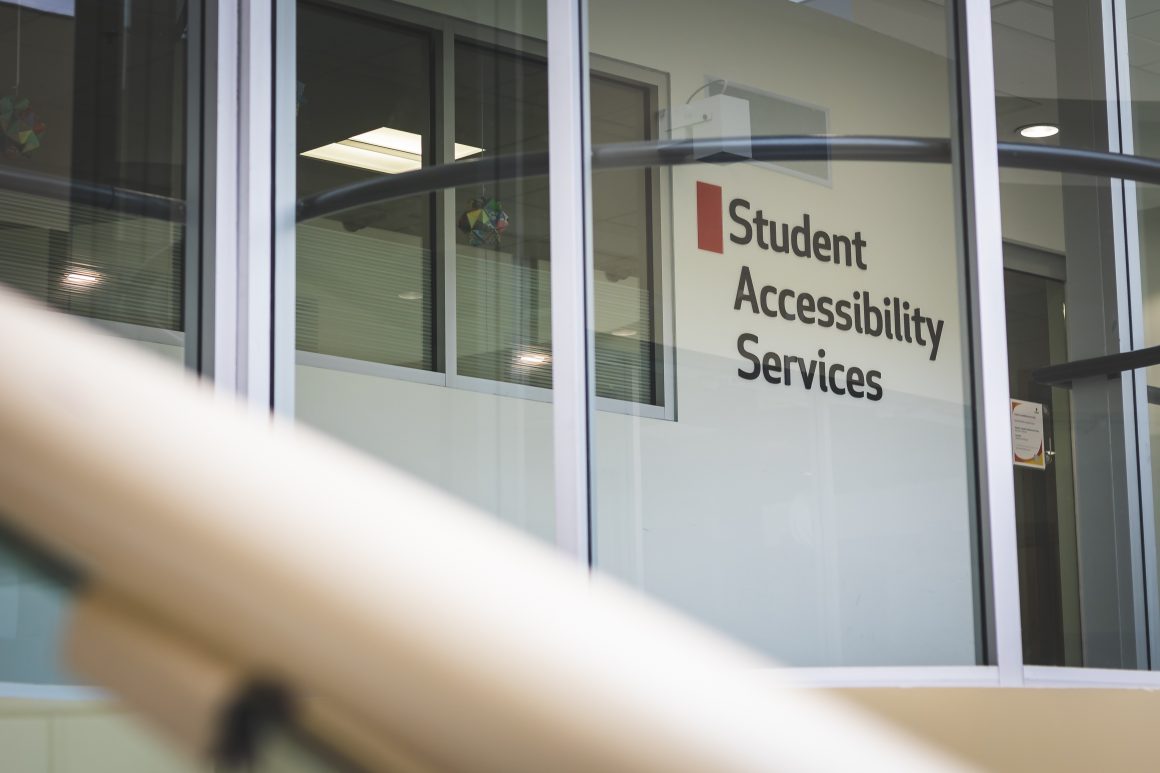
Maybe it’s laziness, maybe it’s symptoms of mental illness
By Ramiro Bustamante Torres, October 6 2022—
If you were like me and went through online school and found that it was one of the most unbearable experiences you’ve ever had, then you may want to consider looking up the symptoms of ADHD. Whether it was sitting through hours of pre-recorded lectures, trying to not the clutter of your desk or bed, or the long to-do list of assignments and projects with many forgotten side projects you just need to finish — there are many reasons some people may begin to realize that there was something fundamentally different about themselves. Even prior to the pandemic, or before starting university, some of these people may have been labelled “lazy,” “having too much energy” or “distracted,” with parent-teacher interviews repeating the same phrase, “a pleasure in class, but I still need the essay from October and it’s March now.”
ADHD stands for Attention-Deficit/Hyperactivity Disorder and it is categorized as a neurodevelopmental disorder that begins in childhood and can last well into adulthood. It can manifest differently from person to person — between men and women as well — but there are three main categories people are diagnosed with: Inattentive type, Hyperactive-Impulsive type and Combined type.
The Inattentive type has symptoms related to forgetting important details or handing in late assignments and can easily forget where their keys are even when they just put them down. The Hyperactive-Impulsive type has symptoms related to fidgeting or speaking over others without meaning to and may have more accidents than others that they just brush off as being clumsy. Someone diagnosed with a Combined type will present symptoms from the former types almost equally. While many of the symptoms seem to be a product of just being a child or are just catalogued under things an irresponsible adult would do, the brains of people with ADHD are wired differently. The symptoms are constant, thus negatively impacting their life in all aspects.
During the pandemic, many adults have found the constant pattern that followed them from childhood and how it has affected their life then and now, which leads them to seek a diagnosis to better understand what they’re dealing with, how to work around it and with it. While TikTok has many a video giving a list of mundane actions that can be misconstrued as potentially having ADHD, the best way to approach this can be to get an official diagnosis. Getting an official diagnosis can be expensive and a long process involving pages and pages of questionnaires and interviews that would make it unbearable to anyone with ADHD. However, after hearing that officially you’re not an irresponsible, lazy person — but have been dealing with more hurdles in life with no help — it can be relieving.
One of the major issues not usually mentioned by others is how your self-image conflicts with how others see you. There is a double-edged sword, where sometimes you can excel compared to your peers when learning something new and you get praised for it, but then when you have to repeat the process over and over, there is a change in your behaviour and suddenly you are struggling and need the most help. Getting the stimulation you need from class can help mask the undiagnosed ADHD since you would be engaged, present and learning. When it comes to hand-in assignments or sit through tests, the stimulation is gone and the task becomes even more difficult. No matter how well you were doing before, on paper it will show you didn’t finish the test and not say because you spent re-reading the first few questions because you keep forgetting what you just read. In most cases, teachers and parents take this as a sign of procrastination and take steps to reduce distractions or find ways to motivate — sometimes negatively, like isolating the student in class or taking away any distractions at home. If it was
Going to your family doctor can be the first step, asking them if they could diagnose you themselves or refer you to a psychiatrist or specialist who would then put you through a process of diagnosis. If you need help, the Student Accessibility Services (SAS) office is available for students to reach out to before diagnosis and can connect you with specialists to diagnose you if your family doctor cannot. They can help in setting up accommodations after you have received an official diagnosis to make the university experience more bearable.
After receiving a diagnosis, there are different ways to treat ADHD, which can involve taking medication or therapy sessions that can involve creating strategies to mitigate symptoms and create structure in your life — sometimes a combination of both. At the university, through the SAS you can get accommodations which can help during midterms and finals. These accommodations can be extra time to write a test, writing it in a distraction-free environment and other types of help depending on what works best for you. These types of accommodations help work with ADHD and also relieve some stress that comes with trying to overcompensate for your symptoms.
If you think you might be struggling with ADHD, especially after researching the symptoms, go to the Wellness Centre website here or the SAS office website here for resources on campus.
This article is a part of our Voices section.
